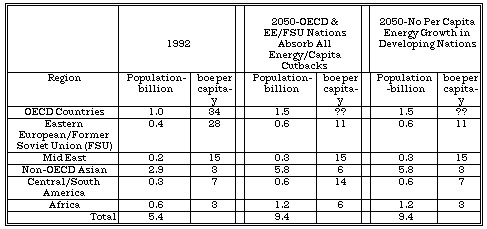NEEP602 Course Notes (Fall 1996)
Resources from Space
First Exam
Resources From Space
NEEP 602/Geology 376
Feb. 28, 1996
Choose 5 out of the 8 questions
All questions are weighted equally
Do questions 2, 3, 4, or 5 in one exam book
Do questions, 1, 6, 7, or 8 in separate exam book
PUT YOUR NAME ON BOTH BOOKS!
- 1.)
- a.) What are the Jeans criteria? No repetition of the equations is necessary,
but a statement of what the Jeans criteria tells us is requested.
b.) What is the fundamental premise on which the Jeans criteria are based?
c.) What physical properties of a cloud favor star formation according to the Jeans criteria?
2.) Define the term "regolith" as applied to airless bodies in the Solar
System and give three examples of indigenous and three examples of non-indigenous
resources in the lunar regolith.
3.) What are the considerations that must be taken into account if one were
to calculate the modern steady state concentration of 3He in the upper one centimeter of the lunar regolith?
4.) Where would you go to search for fossils and current life forms on Mars
and why?
5.) What might be the implications of the events of Stages 1 through 7 of
lunar evolution on the evolution of life on Earth?
6.) The terms "reserve: known and proven economic" and "resources: less
well known and/or uneconomic" have well defined meanings for earth based
mineral deposits.
- 1. How do the factors which control the dynamic boundary between "resources"
and "reserves" change when we consider off-earth sources?
2. Identify at least 3 possible space resources from at least 2 planetary bodies and indicate an important factor which would help each become a "reserve".
7.) Suppose you were the ruler of the Earth so long as you could keep the
total annual energy consumption in the year 2050 to no more than it is today
(61 billion boe/y) without changing the predicted population growth from
now until then. You have two options:
- A.) Allow the developing nations to increase their standard of living to
roughly twice the level that they currently endure. The "savings" must then
come from the OECD nations and the Eastern European/Formerly Soviet Union
countries.
B.) Hold the developing nations to their present standard of living and make up the deficit by reducing the energy use in the OECD and EE/FSU nations.
Using the table below, calculate the annual energy use per capita allowed in the OECD nations (i. e., U.S., Japan, Germany, Canada, etc.) if we assume that the EE/FSU nations drop their standard of living to the present world average (~11 boe/y per capita)

8.) Explain how the study of craters on the moon allowed the conclusion
that the surface of Venus is <500-800 million years old since the time Venus
was last surfaced.
 |
|
University of Wisconsin Fusion Technology Institute · 439 Engineering Research Building · 1500 Engineering Drive · Madison WI 53706-1609 · Telephone: (608) 263-2352 · Fax: (608) 263-4499 · Email: fti@engr.wisc.edu |
Copyright © 2003 The Board of
Regents of the University of Wisconsin System.
For feedback or accessibility issues, contact
web@fti.neep.wisc.edu.
|